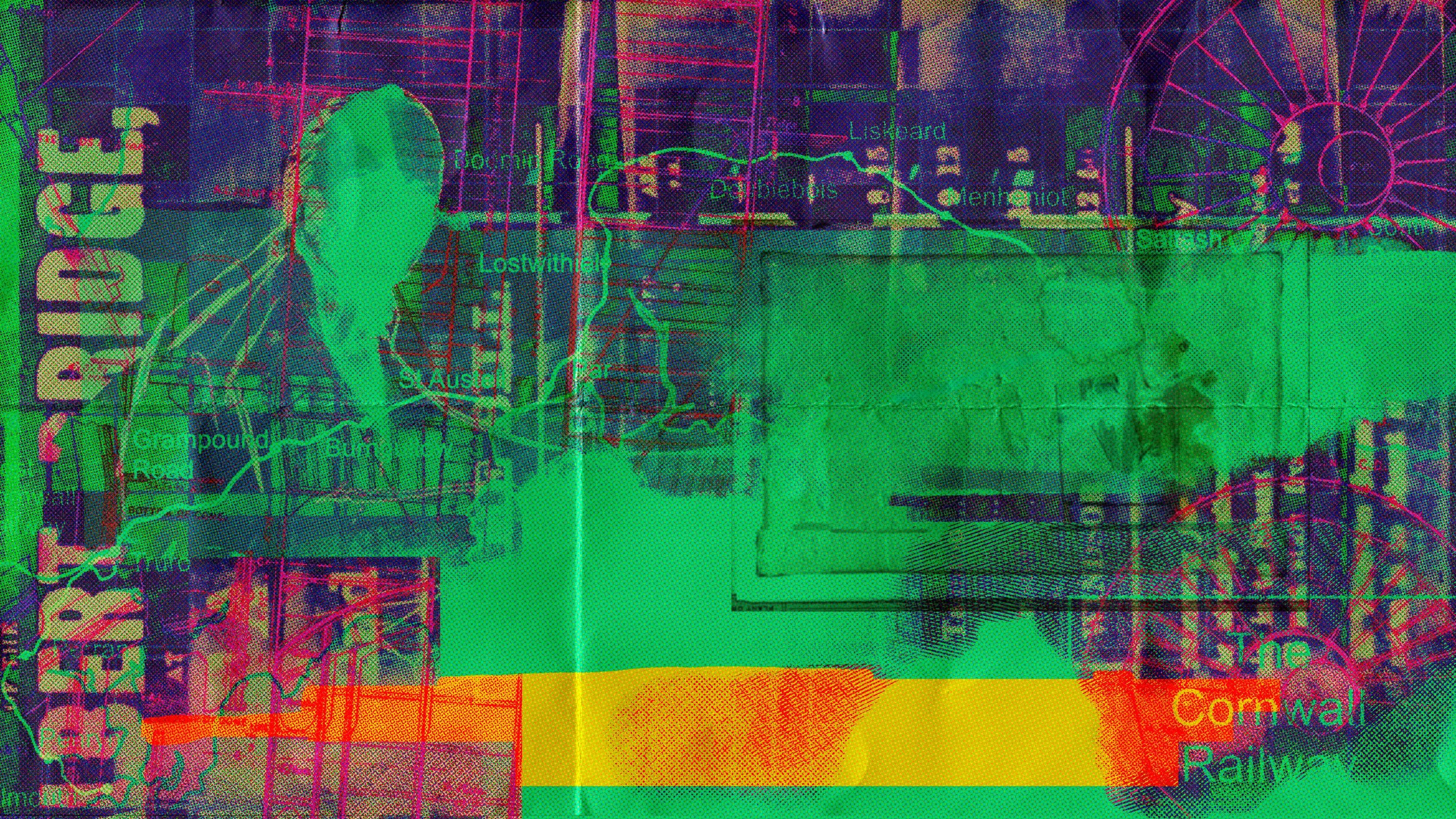CLIENT NAME: Bridging the Tamar (Visitor and Learning Centre)
Established to celebrate the engineering legacy of the Tamar Estuary’s historic bridges, the Bridging the Tamar Visitor and Learning Centre opened in 2019. They interpret the heritage of both the 20th century Tamar Bridge and Brunel’s iconic 19th century Royal Albert Bridge.
The centre has wonderful interactive elements to help the children learn about the bridge and its construction. The team does a great job of mixing practical sessions, workshops and talks about the theory of the bridges construction. Among other activities, the kids are encouraged to play and build models of the bridges, calculate distances and which will hopefully foster an interest in STEM subjects down the line.
THE CHALLENGE: Going to a museum or visitor attraction can be an educational and interesting cultural experience. But let’s be honest…not every visit is as interesting as you might like. Although more museums and visitor attraction sites make use of interactive displays, they often lack energy or excitement. It’s like looking at glorified PowerPoints. Finding an accessible and engaging way to bring to life the story of the bridge and its importance to developing the surrounding area was key.
THE SOLUTION: When something has been around all our lives, it can be hard to see the impact a project like this would have had ‘back in the day’. Many museums or visitor centres have really well designed spaces, but often feature an old-looking- aesthetic. Considering the audience, we agreed that vibrant colours, bold typography and using colourful illustrations might ensure engagement was as high as possible. An animated video is an incredibly useful way to deliver a lot of information in an engaging way, in a short amount of time
The video would flow through the story, showing the bridge's origin, some of the challenges that presented themselves during construction and aspects of how it has benefitted the wider community.
MY ROLE: I was responsible for all the motion/illustration/design work for the project. I also helped out with script review and amends, direction, style frame and mood and storyboards and all the audio work (except VO, which was provided by the wonderful @SaraStarling).
ADDITIONAL MATERIAL: (Mock ups)
I always encourage the repurposing of assets from projects into additional material such as activity booklets and worksheets. With a bit of extra time and planning, this is a great way to get more mileage from your exhibition displays, visitor attractions and educational material. It allows your audience to keep learning after they’ve left the museum and encourages them to come back again. Colouring books can become more than lines to be coloured between, but serve as learning points for kids. By making use of them, we can start to have conversations about all manner of events and people from history.
More time-lapse sketches. Often, people like to see the work behind the work. I’ve always been a big advocate of working small first in ill or digitally to capture ideas and compositions. If it works small, it’ll work big. Collecting time-lapse videos of the early sketches is easy now. This wasn’t available to me years ago and personally, seeing them worked through to final pieces can be rewarding in itself.





















